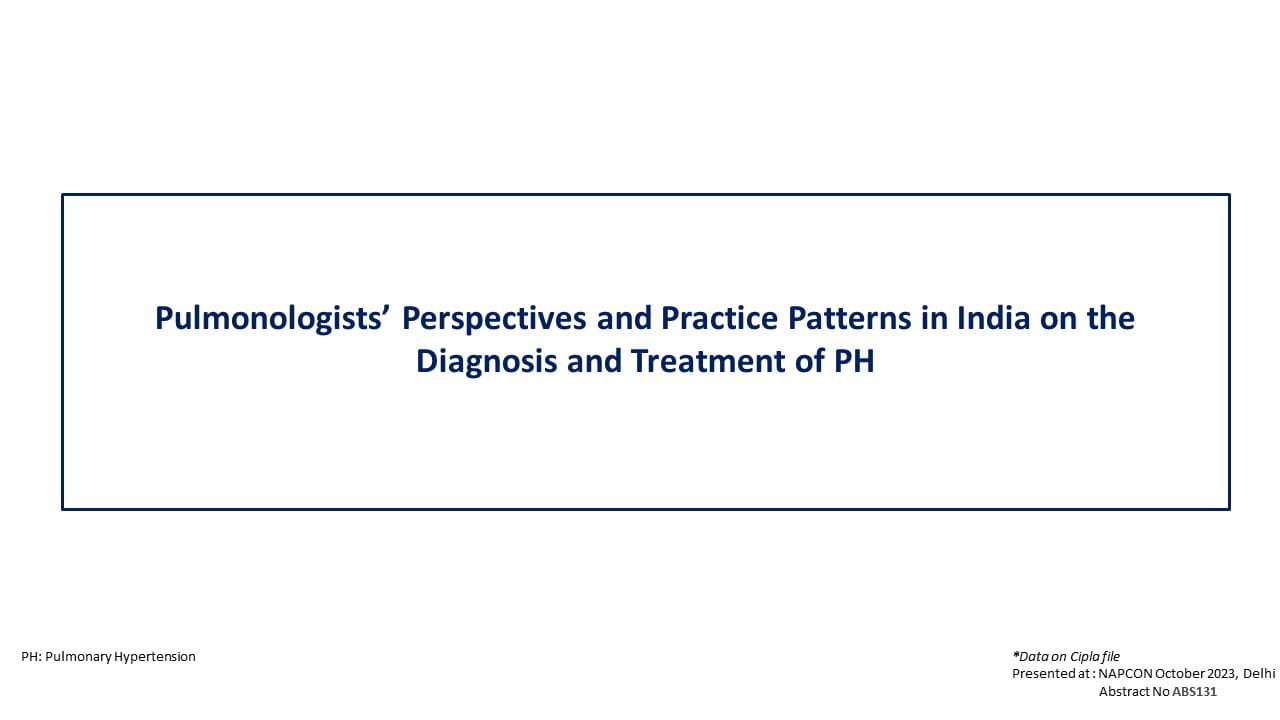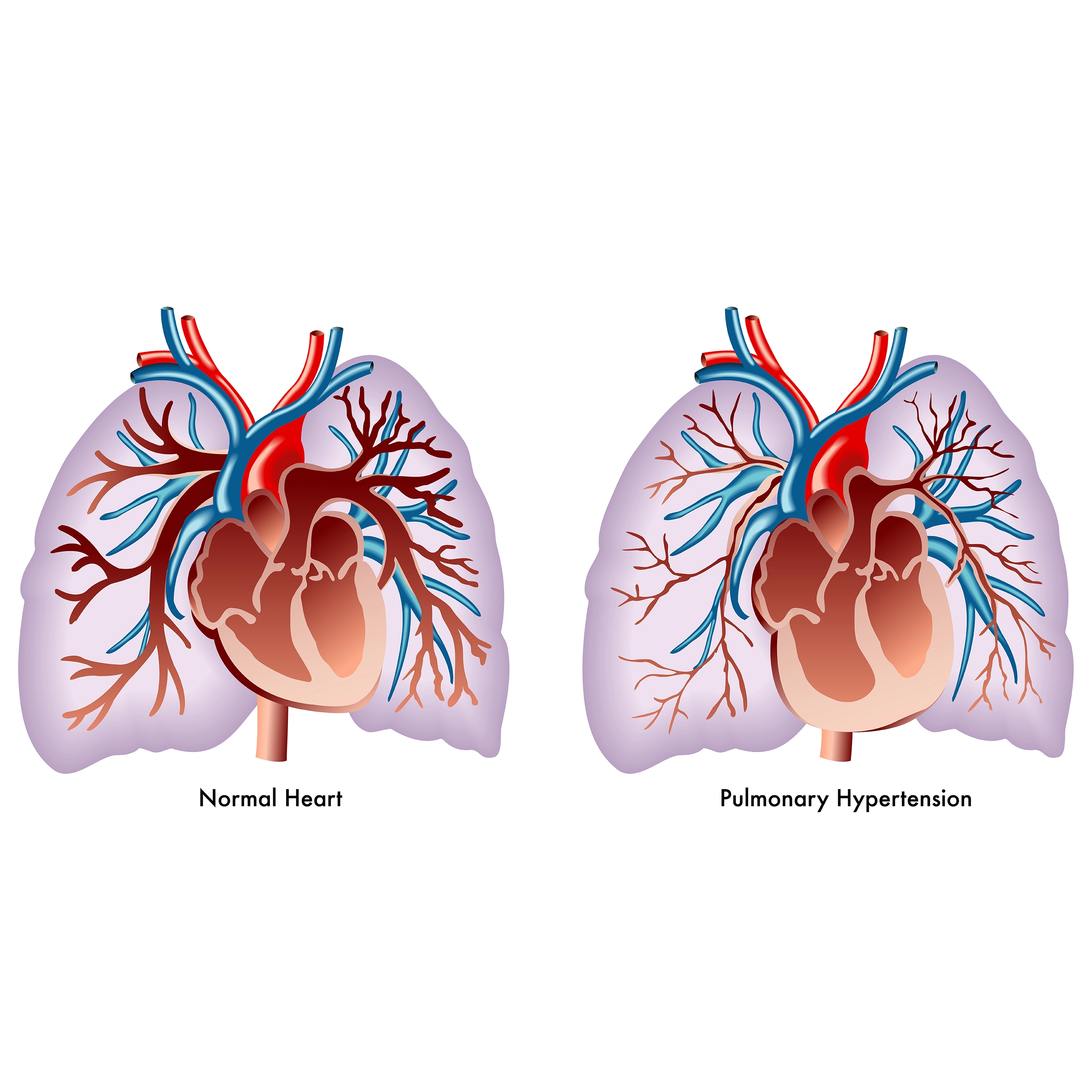New in the Ring: Factor XI Inhibitors
Speaker: Dr. Kristen B. Campbell
Key Highlights
Overview of Anticoagulation Pathways:
The coagulation cascade consists of two pathways – the intrinsic and extrinsic pathways – both converging on the common pathway to form thrombin. Most available anticoagulants are designed to act within the common pathway, with thrombin or Factor Xa being targeted to prevent thrombus formation while preserving hemostasis. However, these anticoagulants have notable limitations, including an increased risk of bleeding, dependence on renal clearance, and potential drug interactions.
Current Anticoagulants:
|
Anticoagulants |
Mechanism |
Limitations |
|
Warfarin |
Inhibits hepatic production of clotting factors (II, VII, IX, X) |
Requires monitoring, delayed onset drug interactions, bleeding risk |
|
Direct thrombin inhibitors (Dabigatran, Argatroban, Bivalirudin) |
Prevent thrombin from converting fibrinogen to fibrin |
High renal clearance, bleeding risk |
|
Factor Xa inhibitors (Rivaroxaban, Apixaban, Edoxaban) |
Binds to Factor Xa, preventing thrombin formation |
Bleeding risk, renal clearance, drug interactions |
|
Unfractionated Heparin (UFH) |
Inhibits thrombin (FIIa) and Factor Xa via antithrombin III |
Requires IV administration, frequent aPTT monitoring, short half-life |
|
Fondaparinux |
Binds antithrombin III, selectively neutralizing Factor Xa |
Long half-life (17-21 hrs), requires renal clearance |
Factor XI as a Novel Target
Factor XI plays a minor role in physiological hemostasis but is crucial for thrombus growth. Individuals with Factor XI deficiency have been observed to exhibit a lower risk of venous thromboembolism, stroke, and myocardial infarction, with minimal bleeding risk. This makes Factor XI inhibition a promising strategy for anticoagulation with reduced bleeding risk.
Factor XI Inhibitors
Factor XI inhibitors are being explored for targeted thromboprophylaxis with minimal renal clearance, making them particularly suitable for chronic kidney disease or those requiring long-term anticoagulation.
|
Class |
Mechanism of Action |
Advantages |
|
Antisense Oligonucleotides (Ionix FXI Rx, Osocimab) |
Reduces Factor XI production in the liver |
Long half-life, minimal renal clearance, no drug interactions |
|
Monoclonal Antibodies (Abelacimab, MK-2060, Xisomab 3GS) |
Inhibits Factor XI or XIa activity |
Subcutaneous/IV use, rapid onset, long duration, minimal renal clearance |
|
Small Molecules (Asundexian, Milvexian) |
Oral Factor XIa inhibitors |
Rapid onset, short half-life, fewer drug interaction (CYP 3A4 inhibitors) |
Clinical implications:
Factor XI inhibitors are being investigated as potential breakthroughs in anticoagulation, especially for:
-
Patients at high bleeding risk requiring long-term anticoagulation
-
Individuals with chronic kidney disease, where current anticoagulants pose challenges
-
Patients with foreign material implantation and in those with LVADs, where warfarin has been used as a standard option.
Ongoing clinical trials are expected to determine their long-term efficacy and safety. If proven effective, Factor XI inhibitors may be used to redefine anticoagulation strategies, providing safer alternatives for high-risk patients.
Hemostasis vs. Thrombosis: What is the Role of Factor XI?
Speaker: Dr Jean Connors
Key Highlights
Introduction
Traditionally, the intrinsic pathway was considered to be the key driver of hemostasis. However, the tissue factor-mediated extrinsic pathway is now recognized to play a dominant role in vascular injury-related hemostasis.
Thrombosis versus Hemostasias
-
Tissue factor, located in the media and adventitia of blood vessels, is exposed upon vascular injury, leading to rapid activation of Factor VIIa and initiation of hemostasis plug formation. A feedback loop involving thrombin and Factor XI enhances thrombin generation.
-
Thrombosis occurs when Factors XII and XI are activated by atherosclerotic plaques, artificial surfaces, and inflammatory stimuli, promoting pathologic thrombus formation.
Factor XI Inhibition: A More Targeted Approach
-
Vitamin K antagonists lower the activity of Factor II, VII, IX, and X, inhibiting both extrinsic and intrinsic pathways.
-
Direct oral anticoagulants (DOACs) selectively target Factor Xa or Factor IIa, reducing but not eliminating bleeding risk.
-
An extremely precise strategy is offered by Factor XI, selectively blocking Factor XIa to prevent pathologic thrombus formation while preserving hemostasis.
-
Since Factor XI sustains thrombin generation in atrial fibrillation, venous thromboembolism, and ischemic stroke but plays a less critical role in normal hemostasis, its inhibition may provide effective anticoagulation with a lower bleeding risk.
Clinical & Population Data Supporting Factor XI Inhibition
-
A lower risk of thrombotic events has been observed in individuals with congenital Factor XI deficiency, with a reduced bleeding risk.
-
Reduced cardiovascular and venous thromboembolic events (VTE) have been reported in individuals with Factor XI levels <50%.
-
Congenital Factor XI deficiency does not cause spontaneous bleeding, though it may lead to bleeding risks in surgical or trauma settings.
Clinical Implications:
-
Factor XI inhibitors may offer a safer alternative to vitamin K antagonists and direct oral anticoagulants by minimizing bleeding risks while maintaining anticoagulant efficacy.
-
Thrombus formation is amplified by Factor XI making its inhibition an effective strategy for preventing pathological thrombosis while preserving normal hemostasis.
-
Potential applications include stroke prevention, VTE treatment, and perioperative anticoagulation.
Will the Use of FXI Inhibitors be a Unanimous or Split Decision?
Speaker: Dr Marc P. Bonaca
Key Highlights
Introduction:
The development of Factor XI inhibitors has focused on achieving effective anticoagulation while minimising bleeding risks. These agents are designed to dissociate thrombosis from hemostasis, offering a potentially safer alternative to vitamin K antagonists and direct oral anticoagulants
Key Data and Trials
Multiple Factor XI and Factor XIa inhibitors have been evaluated in phase 2 trials, demonstrating variable efficacy and safety profiles across different indications:
-
Total knee replacement studies have utilized venograms to establish proof-of-concept for thrombosis prevention. Several Factor XI inhibitors —including oligonucleotides, monoclonal antibodies (e.g., abelacimab), and small molecules (e.g., milvexian) —have been found to be non-inferior or superior to low molecular weight heparin. Phase 3 trials are ongoing in patients with cancer-related thrombosis and those unsuitable for oral anticoagulants.
-
Abelacimab trials have demonstrated low bleeding rates across different doses, with a significant reduction in deep vein thrombosis compared to enoxaparin. Its efficacy in preventing deep vein thrombosis following total knee arthroplasty has been observed, along with a lower bleeding risk compared to rivaroxaban in patients with atrial fibrillation (AF).
-
Asundexian has been associated with lower bleeding risk in atrial fibrillation and acute coronary syndrome but failed to meet non-inferiority for stroke prevention compared to apixaban.
-
The PACIFIC-Stroke trial, which assessed asundexian in non-cardioembolic stroke, reported reduced bleeding risk but no significant reduction in recurrent stroke rates.
-
OCEANIC-AF trial was terminated due to higher rates of stroke and systemic embolism compared to apixaban.
-
Milvexian has shown promising anticoagulation effects but no significant reduction in stroke rates in phase 2 trials, with ongoing phase 3 trials evaluating its use in atrial fibrillation, stroke, and acute coronary syndrome.
Clinical Implications:
-
Factor XI inhibitors present a promising approach to anticoagulation, with an improved safety profile, particularly in relation to bleeding risks.
-
Differences in efficacy and safety profiles among Factor XI inhibitors suggest the need for individualized treatment approaches.
-
The outcomes of large-scale Phase 3 trials, particularly in cancer-associated thrombosis and atrial fibrillation, will be crucial in determining the clinical role of Factor XI inhibitors.
ACC.25, March 29 - 31, 2025, Chicago




